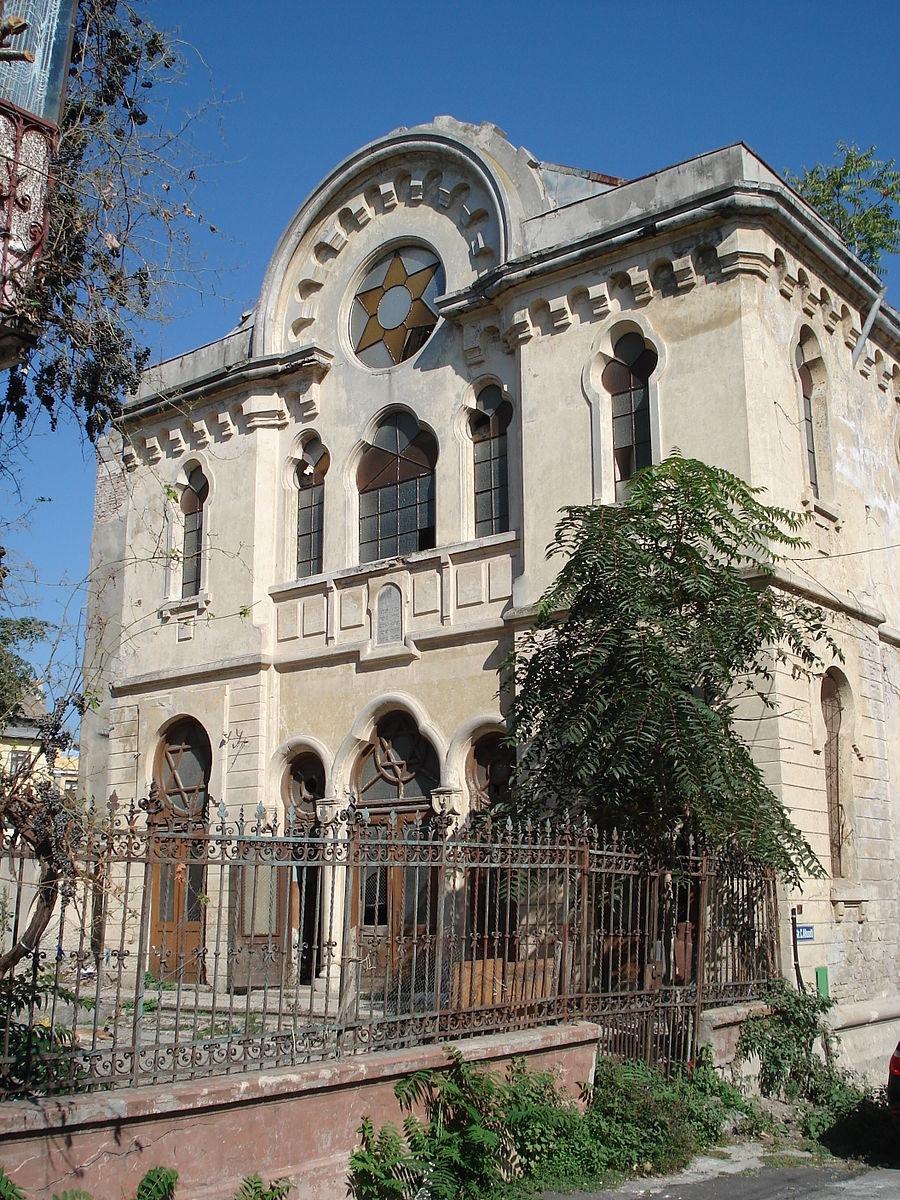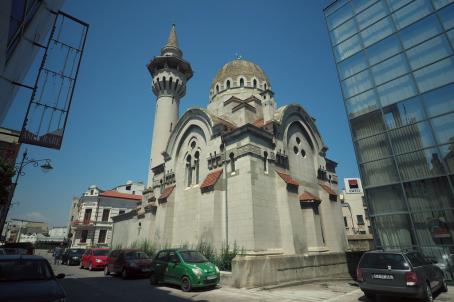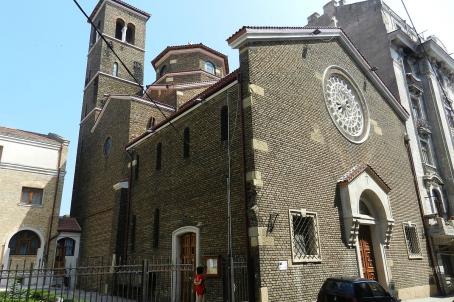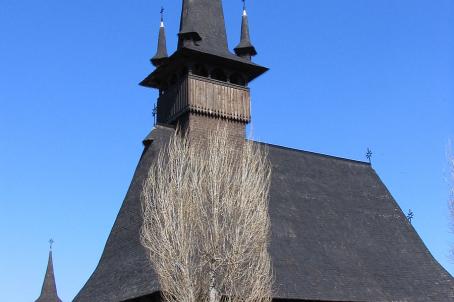Great Synagogue
The Great Synagogue at Constanța was built in the 1910s in the Moorish style. During the inter-war period, there were two large synagogues in the city: the Sephardic-Romaniote Synagogue (built in 1908 in the Catalan Gothic style) and the Great Synagogue which is Ashkenazi. The Sephardic-Romaniote synagogue was damaged in the 1977 earthquake and was later demolished under Ceausescu's regime (1974-1989).






